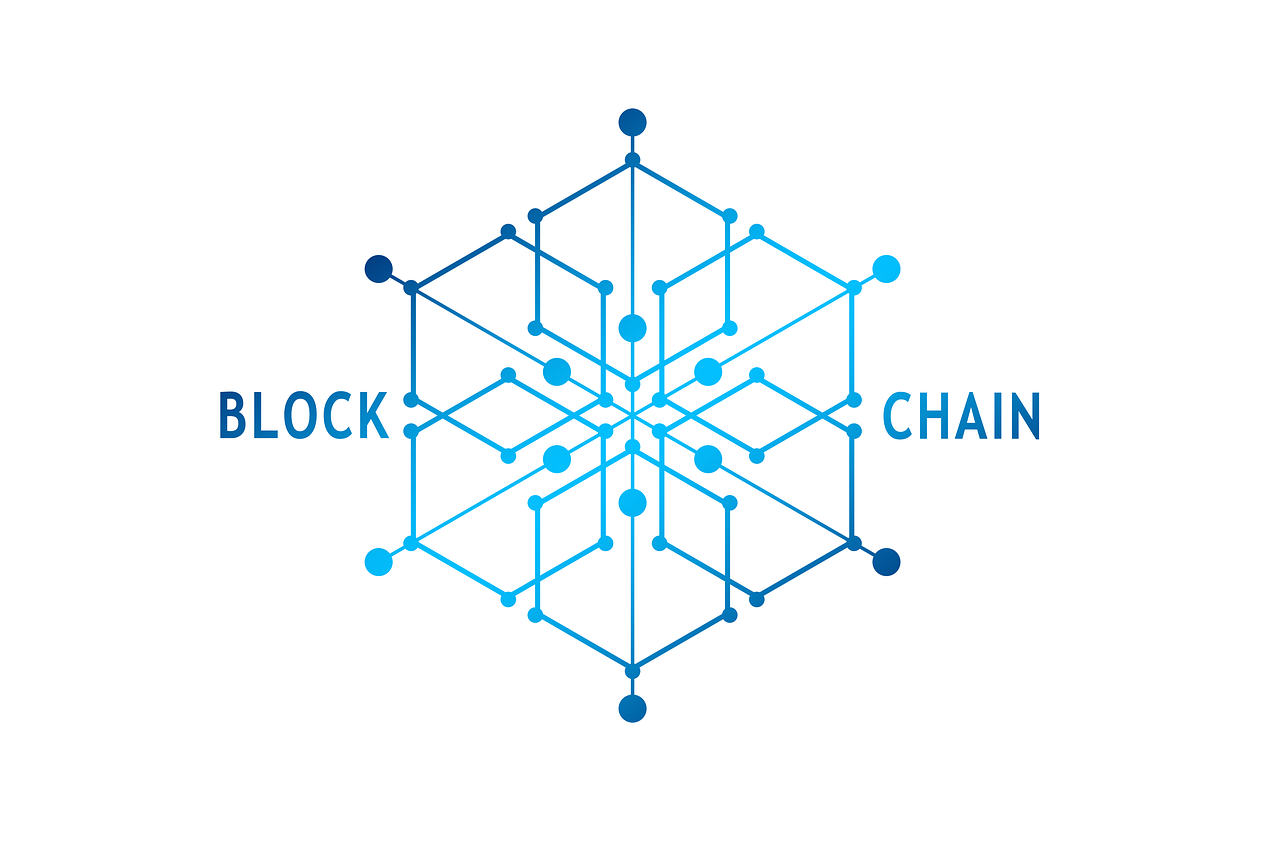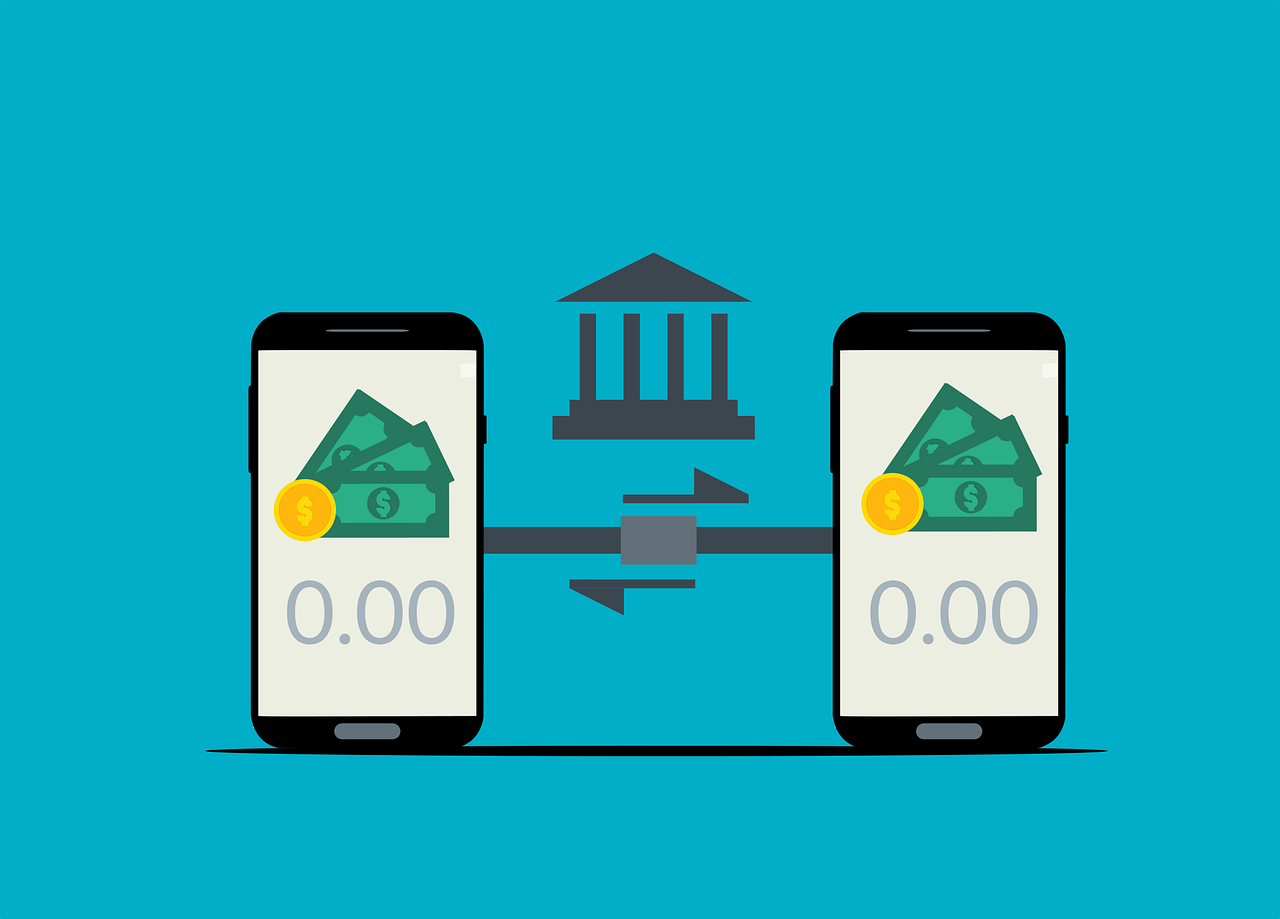In the ever-evolving landscape of blockchain and distributed ledger technology (DLT), various networks have emerged, each with its unique features and use cases. In this article, we’ll delve into the fascinating world of DLT networks, exploring the prominent ones that have garnered attention in recent years.
Bitcoin: The Pioneer
Bitcoin, the first DLT network, was created by an anonymous entity known as Satoshi Nakamoto in 2009. It introduced the concept of a decentralized, peer-to-peer digital currency. Bitcoin operates on a public blockchain, and its primary use case is as a store of value and a medium of exchange. It relies on a consensus algorithm called Proof of Work (PoW) to secure transactions.
Ethereum: Smart Contracts and Beyond
Ethereum, launched in 2015 by Vitalik Buterin, expanded the capabilities of DLT networks by introducing smart contracts. These self-executing contracts enable programmable and decentralized applications (DApps) to run on the Ethereum blockchain. Ethereum’s native cryptocurrency, Ether (ETH), is used for transaction fees and as a digital asset. Ethereum 2.0 is an upgrade that aims to transition from PoW to Proof of Stake (PoS) for improved scalability and sustainability.
Ripple (XRP): Cross-Border Payments
Ripple, often associated with its cryptocurrency XRP, focuses on facilitating cross-border payments and settlements for financial institutions. Its consensus mechanism, the Ripple Protocol Consensus Algorithm (RPCA), allows for faster transaction confirmation times compared to PoW and PoS. Ripple’s aim is to reduce the cost and time associated with traditional international money transfers.
Hyperledger: Enterprise Blockchain Solutions
Hyperledger is an open-source collaborative project hosted by the Linux Foundation. It offers a range of blockchain frameworks and tools, including Hyperledger Fabric and Hyperledger Sawtooth, designed for enterprise use cases. These permissioned DLT networks cater to businesses looking for privacy, scalability, and customizability.
Cardano: A Scientific Approach
Cardano, created by Charles Hoskinson, takes a scientific and research-driven approach to blockchain development. It emphasizes scalability, sustainability, and interoperability. Cardano’s cryptocurrency ADA is used for staking in its PoS consensus algorithm called Ouroboros.
Polkadot: Interoperability and Cross-Chain Compatibility
Polkadot, founded by Dr. Gavin Wood, aims to address blockchain fragmentation by enabling interoperability between different blockchains. It employs a unique relay chain and parachain architecture to facilitate cross-chain communication. DOT is the native cryptocurrency used for governance and staking.
Binance Smart Chain (BSC): DeFi and More
Binance Smart Chain, launched by Binance, offers an alternative to Ethereum for DeFi (Decentralized Finance) applications. It’s known for its high throughput and low transaction fees. Binance Coin (BNB) is the native cryptocurrency powering BSC.
Solana: High-Performance DApps
Solana stands out for its high throughput and fast transaction speeds, making it suitable for resource-intensive decentralized applications. It employs a unique consensus algorithm called Proof of History (PoH) in conjunction with PoS. SOL is the native token used for staking and transaction fees.
Conclusion
The world of DLT networks is diverse and ever-expanding, with each network addressing specific use cases and challenges. Whether you’re interested in cryptocurrencies, smart contracts, enterprise solutions, or interoperability, there’s a DLT network that suits your needs. As this technology continues to evolve, it’s essential to stay informed and explore the possibilities that DLT networks offer in various domains.
Disclaimer: Investing in cryptocurrencies carries risks, and it’s essential to conduct thorough research and consult with financial experts before making any investment decisions.




















